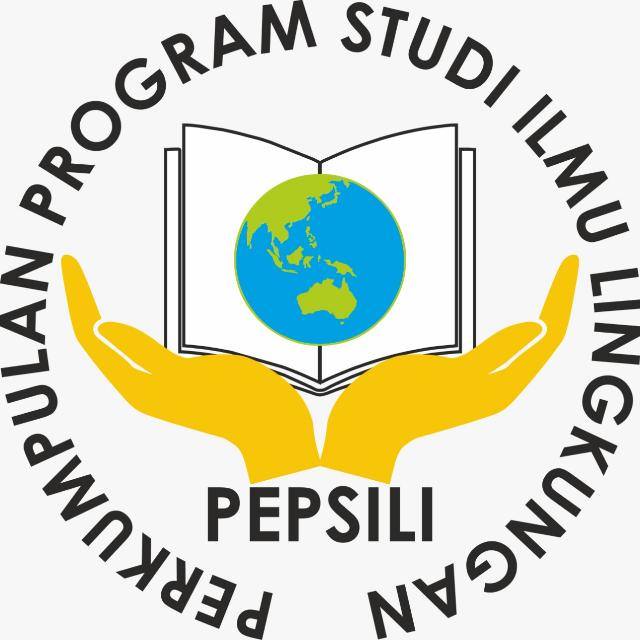Strategi pengelolaan kantin sehat
Abstract
Based on the research data, it is known that from the sanitation indicators assessed, some canteens still cannot meet the requirements to realize a healthy canteen. the results of the assessment of the behavior of food handlers amounted to 8 people, there were 4 (50%) respondents who behaved less well, 4 (50%) respondents behaved quite well and no respondents behaved very well. Bad behaviors include not washing hands after defecating, not using PPE such as headgear and aprons, and smoking behavior. And there is still a lack of knowledge of handlers about healthy canteens, and knowledge related to sanitation and hygiene. The quadrant position for the healthy canteen management strategy at the UNRI campus based on the IFAS value of 1.33 and the EFAS value of 1.23 lies in quadrant I or the SO strategy. SO strategy is an aggressive strategy that uses internal strengths to take advantage of external opportunities. The strategy that can be applied is by conducting regular canteen supervision and improving healthy canteen policy soup and personal hygiene supervision for food handlers. Based on the research that has been done regarding the management of healthy canteens on the UNRI Campus, several things can be suggested, namely. (1) for further researchers, it is necessary to carry out further studies related to food equipment, food ingredients, and healthy food presentation in realizing a healthy canteen on the UNRI campus, (2) it is necessary to strengthen the healthy canteen policy on the UNRI campus. (3) the canteen owner is expected to improve the hygiene and sanitation of the canteen more optimally by increasing healthy behavior, especially for food handlers.
Keywords
Full Text:
PDFReferences
Fatmawati, S., Rosidi, A. and Handarsari, E. 2013. Perilaku Higiene Pengolah Makanan Berdasarkan Olahraga Pelajar Jawa Tengah. Pangan dan Gizi, 04 (08): 45–52.
Jenkins, K. T., D. Benton, K Tapper, S Murphy and L Moore. 2015. A Cross-Sectional Observational Study of The Nutritional Intake of UK Primary School Children From Deprived and Non-Deprived Backgrounds: Implications For School Breakfast Schemes. International Journal of Behavioral Nutrition and Physical Activity 12(1): 1 – 10.
Kementerian Kesehatan RI. 2011. Peraturan Menteri Kesehatan Republik Indonesia Nomor 1096/MENKES/PER/VI/2011 Tentang Higiene Sanitasi Jasaboga. Kemenkes RI, Jakarta.
Khairina, A.D., Palupi, I.R., & Prawiningdyah, Y. 2019. Pengaruh Media Visual Higiene Sanitasi Makanan Terhadap Praktik Higiene Penjamah Makanan Di Kantin Kampus. Journal of Health Education, 3(2) : 65–74.
Ristoyo, Triyantoro, B., & Budiono, Z. 2016. Hubungan Hygiene dan Sanitasi dengan Kontaminasi Escherichia coli pada Jajanan Bersaus di Pendidikan Sekolah Dasar SeWilayah Desa Watuagung Kecamatan Tambak Kabupaten Banyumas Tahun 2016. Keslingmas 35 : 377 – 382.
Suherman, A.P., Ruslan LA dan Erniwati I. 2013. Praktik Hygiene Penjamah dan Sanitasi Peralatan Makanan Jajanan Anak Sekolah Dasar pada SD di Kel. Antang Kec. Manggala Kota Makassar. Jurnal MKMI, 104.
Sugiono. 2012. Metode Penelitian Kuantitatif Kualitatif dan R dan D. Alfabeta, Bandung.
Suparlan. 2012. Pengantar Pengawasan Hygiene-Sanitasi Tempat-Tempat Umum- Wisata dan Usaha-usaha untuk Umum. Percetakan Dua Tujuh, Surabaya.
Swamilaksita P.D. dan Pakpahan S.R. 2016. Faktor – Faktor yang Mempengaruhi Penerapan Hygiene Sanitasi Makanan di Kantin Universitas Esa Unggul Tahun 2016. Nutrine Diaita 8 (2): 71 – 79.
Tifani. 2019. Studi Evaluasi Sarana dan Prasarana Sanitasi Kantin di Kampus II dan IV Universitas Pasundan Bandung. Skripsi, Jurusan Teknik Lingkungan Fakultas Teknik Universitas Pasundan, Bandung.
Wayan U.I. 2020. Hygiene Sanitation and Food Bacteriology Quality of School Canteen In Elementary School In Work Areas Puskesmas II Denpasar Timur. HIGIENE 6 (2): 108 – 112
DOI: https://doi.org/10.52364/zona.v6i2.59
Refbacks
- There are currently no refbacks.

This work is licensed under a Creative Commons Attribution-ShareAlike 4.0 International License.

This work is licensed under a Creative Commons Attribution-NonCommercial 4.0 International License.







